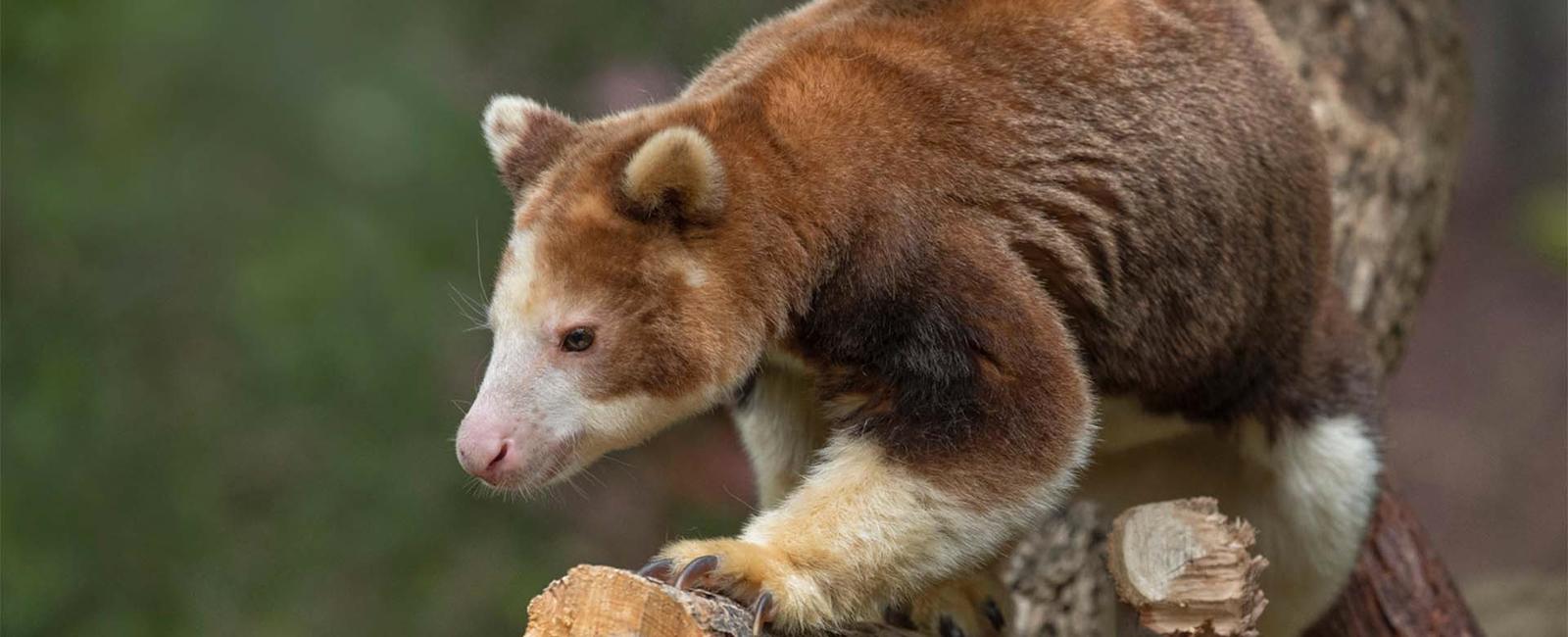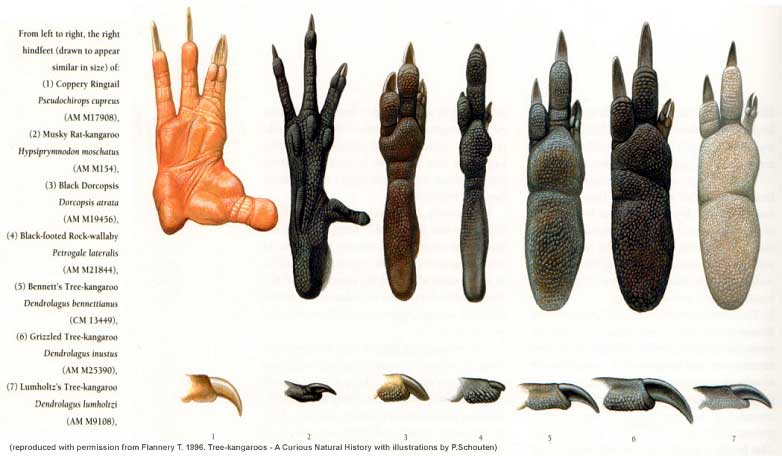The kangaroo s ancestors lived in trees today there are eight different kinds of tree kangaroos

The Evolutionary Journey of Kangaroos: From Trees to the Ground

Kangaroos, the emblematic marsupials of Australia, have a fascinating ancestry that traces back millions of years. While today we envision kangaroos as hopping creatures residing on land, their ancient ancestors actually inhabited the trees. These ancestors were the precursors to the intriguing group of marsupials known as tree kangaroos.
The Tree Kangaroos of Today

In the present day, there are eight distinct species of tree kangaroos. These species, scientifically classified under the genus Dendrolagus, can be found in the rainforests of northern Queensland, Papua New Guinea, and Indonesia. Tree kangaroos are remarkable for their unique adaptations that enable them to live high up in the forest canopy, far removed from the ground.
Ancestral Origins
To understand how tree kangaroos evolved from their ancestral tree-dwelling relatives, we need to delve into their evolutionary origins. In this regard, scientists have turned to the field of paleontology to uncover the clues hidden within the fossil record. Although these fossils are scarce, they provide crucial insight into the early stages of kangaroo evolution.
According to research, the common ancestor of all kangaroos likely lived around 25-40 million years ago during the middle Miocene epoch. This ancestor shared traits with both tree-living possums and ground-dwelling wombats. Over time, as Australia’s landscape altered, kangaroos adapted to their changing environment.
The Transition to Terrestrial Life
As the Australian landscape underwent significant changes, with a decrease in forested areas and an increase in open grasslands, kangaroos faced a challenge. The need for efficient locomotion led to the evolution of their iconic hopping gait. This adaptation allowed kangaroos to cover vast distances efficiently, conserving energy and surviving in the grassland habitats.
However, some kangaroo species adapted differently. With forests still present in certain regions, a small group of kangaroo species continued to occupy the trees. Over millions of years, these ancestral tree-dwelling kangaroos further evolved, ultimately giving rise to the diverse group we know as tree kangaroos today.
The Remarkable Adaptations of Tree Kangaroos

The unique characteristics of tree kangaroos are a testament to their profound adaptation to an arboreal lifestyle. Unlike their ground-dwelling relatives, tree kangaroos possess longer forelimbs and shorter hind limbs, enabling enhanced climbing and excellent balance in the tree canopies.
These remarkable marsupials have developed sharp claws for gripping tree bark, padded soles for increased grip on branches, and long tails to aid in balance. Their specialized anatomy, combined with heightened jumping abilities, allows them to effortlessly leap between tree branches and navigate the dense treetop habitat.
Conservation Concerns
Despite the immense charm and ecological significance of tree kangaroos, their populations face numerous threats. Habitat loss due to deforestation, hunting, and climate change pose significant challenges to the survival of these unique marsupials. Conservation efforts, such as establishing protected areas and community-based initiatives, are crucial to safeguarding the future of tree kangaroo populations worldwide.
In conclusion, the evolutionary journey of kangaroos offers a fascinating insight into the diversity of life on Earth. The transition from tree-dwelling ancestors to the ground-hopping kangaroos we know today showcases the remarkable adaptability of these marsupials. By understanding their origins and adapting conservation measures, we can ensure the continued existence of these captivating creatures for generations to come.
Source: Wikipedia
Related Posts
Quick Links
Legal Stuff

